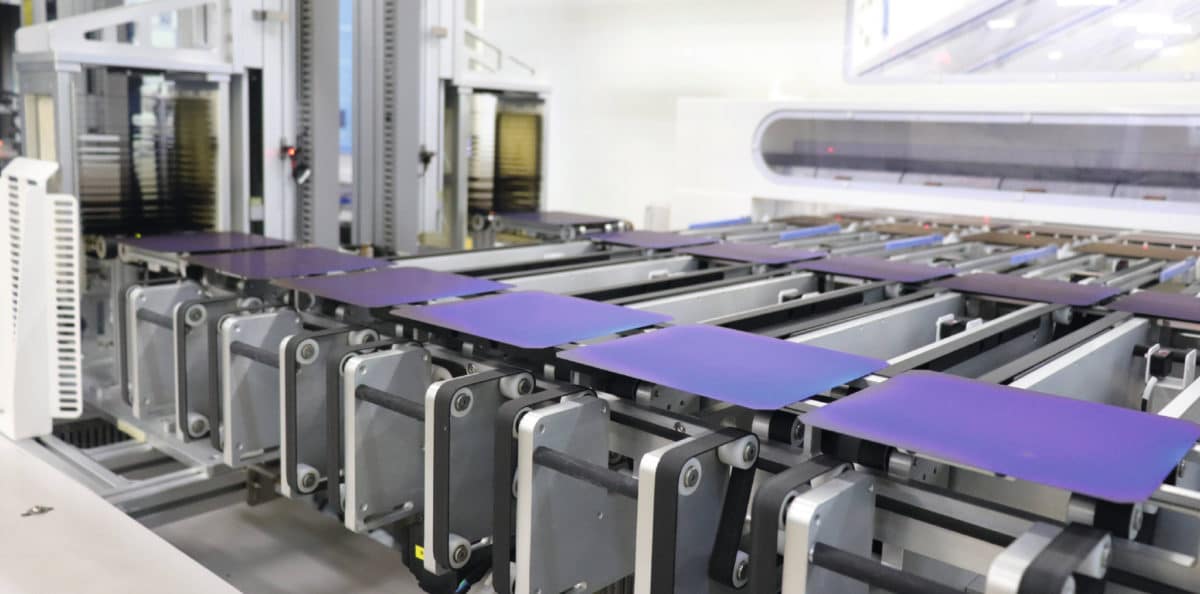The increasing cost pressures placed on PV module manufacturers in 2021 appear to have done little to dampen the world’s appetite for new solar installations or to slow down the adoption of new technologies that push more solar out of PV modules, and lead solar into new environments.
Trends in PV manufacturing this year have proven that large format solar modules are here to stay. Since 2019, when PV wafer manufacturers began to introduce larger formats to the market, there has been much debate over the ideal size for a cell or module. This year has seen virtually all major PV manufacturers adopt either the 182mm or 210mm formats. While the debate continues over which of these offers the biggest advantage, it is now unlikely that we will see a shift back to anything smaller in mainstream production.
The first installations featuring modules based on either of the new cell formats have been completed, test installations are underway – and the backers of both formats claim an energy yield advantage in the field. Since it requires fewer changes and therefore lower risk in system design, the 182mm format looks to have the largest share for now. Standards are emerging, which should make things easier on the system and component design side. And analysts expect to see the 210mm format become more widely accepted further into the current decade.
Aside from the format switch, n-type technologies have been the other big news on the PV manufacturing side. Tunnel oxide passivated contact (TOPCon) and heterojunction (HJT) have waited in the wings for the past few years, and will still only represent a small chunk of the market in 2021. Major commitments from the biggest PV cell and module manufacturers, however, mean that major market growth for n-type is all but assured in the next few years. And initially at least, TOPCon looks to be the more cost effective of the two main n-type technologies, particularly for those manufacturers already operating large PERC manufacturing lines – which can be adapted to TOPCon, while heterojunction will require an all-new cell production line and a considerably higher investment cost.
Installations of ground and rooftop-mounted PV modules will still be the norm for solar; however, the past year has also seen big steps in the technology carving out new niches for itself. Promising and practical developments in agrivoltaics, building-integrated PV, floating PV and many more all point to the promise of integrating solar into our existing environments, and the direction the future could take.
This content is protected by copyright and may not be reused. If you want to cooperate with us and would like to reuse some of our content, please contact: editors@pv-magazine.com.




4 comments
By submitting this form you agree to pv magazine using your data for the purposes of publishing your comment.
Your personal data will only be disclosed or otherwise transmitted to third parties for the purposes of spam filtering or if this is necessary for technical maintenance of the website. Any other transfer to third parties will not take place unless this is justified on the basis of applicable data protection regulations or if pv magazine is legally obliged to do so.
You may revoke this consent at any time with effect for the future, in which case your personal data will be deleted immediately. Otherwise, your data will be deleted if pv magazine has processed your request or the purpose of data storage is fulfilled.
Further information on data privacy can be found in our Data Protection Policy.